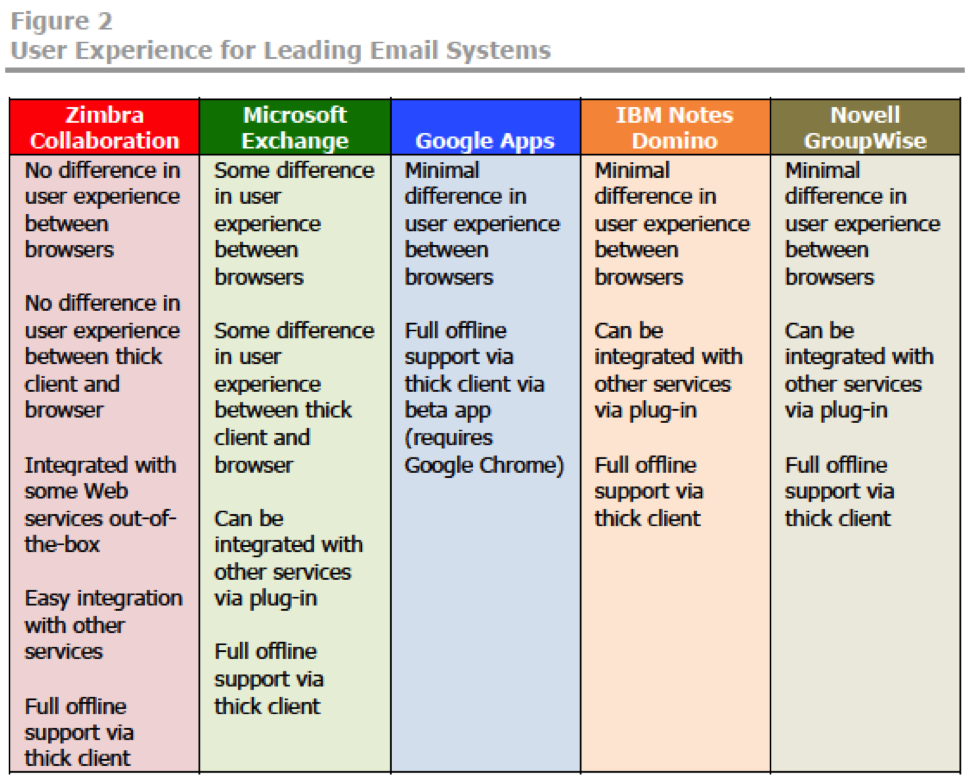User experience, or UX, is an interesting topic in technology. A lot of ink is spilled on the importance of user experience, and it is an area of intense focus for technology M&A. Is this just the latest hype-fueled technology bubble, or is it the real deal?
The answer simply is yes. It’s both hype and real. If we look at the major SaaS/cloud companies that are delivering business applications, and even consumer applications, their rise has generally been predicated on the surge of user experience-driven design. A prime example is Salesforce. Marc Benioff completely changed customer relationship management (CRM) with a cloud-based offering that was shockingly easy to use–at the time anyway. This lead to dramatic growth and hype for the company.
What is important to understand is UX fascination isn’t just because people want a sexy interface, which generally receive a lot of hype. By improving the usability and thus the experience, you can improve productivity and operational efficiency. (I can’t imagine having to manage my customer base using a spreadsheet.)
But to overlook the impact of mobile on UX is to overlook one of the major change agents in this shift toward a user-first design. Blackberry made business email mobile and easy. The iPhone made the touchscreen the future of mobile technology. Tablets gave rise to desktop-, laptop-free travel for business executives. Somewhat ironic, tablets may inadvertently breath a second life into the PC by driving a change in the development of PC applications, for example the Mac App Store or the converged tablet/PC operating systems in Windows 8. Aside from the Blackberry, a topic with plenty of ink also, all those mobile-first technologies were birthed for consumers — consumerization.
Consumerization has been decried and rejoiced by many. Both have validity; however, both oversimplify. Consumerization has led to what can only be considered the greatest age of innovation since the introduction of the World Wide Web, and the Internet before it.
According to Benedict Evan’s (of Andreessen Horowitz), “Mobile is Eating the World.”
- By 2020, 80% of the adults on earth will have a smartphone
- A new iPhone CPU has 625 times more transistors than a 1995 Pentium
- The smartphone industry dwarfs PCs with 4 billion people buying every 2 years instead of 1.6 billion buying every 5 years
Additional signs point to this from a January 11, 2015 blog post from Benedict Evans, WhatsApp now has 700 million users sending 30 billion messages a day. That is 10 billion more than standard SMS.
IT professionals are right to question consumerism. Since 2007, they have continuously lost more and more control of corporate data. The reason behind both the “good” and the “bad” is the dramatically improved user experience — and frankly convenience.
If user experience is driving technology deployments, have we seen a notable change in business communication, such as email? Well, yes and no. According to an Osterman Research whitepaper:
“While it is true that users are increasingly adopting different forms of communication like social media and text messaging, in most cases these tools are additions to the communications mix and not replacements for email.”
While newer technologies (social) are augmenting email, it remains the most used communication and collaboration solution. The same Osterman Research whitepaper found that only 3% of information workers will be decreasing their use. So, if email is still number one for communication, and the user interface is slow to evolve, what else can determine user experience? A consistent look and feel across smartphone, tablet and PC which is quickly becoming a central tenant for application development.
To understand what this means, let’s look at a comparison of the leading email system’s user experience.

Source: Osterman Research, What You Should Consider When Planning Your Next Messaging and Collaboration System?, August 2014
If you are interested in reading the full Osterman Research whitepaper, What You Should Consider When Planning Your Next Messaging and Collaboration System?, please visit Zimbra.com.

Comments are closed.